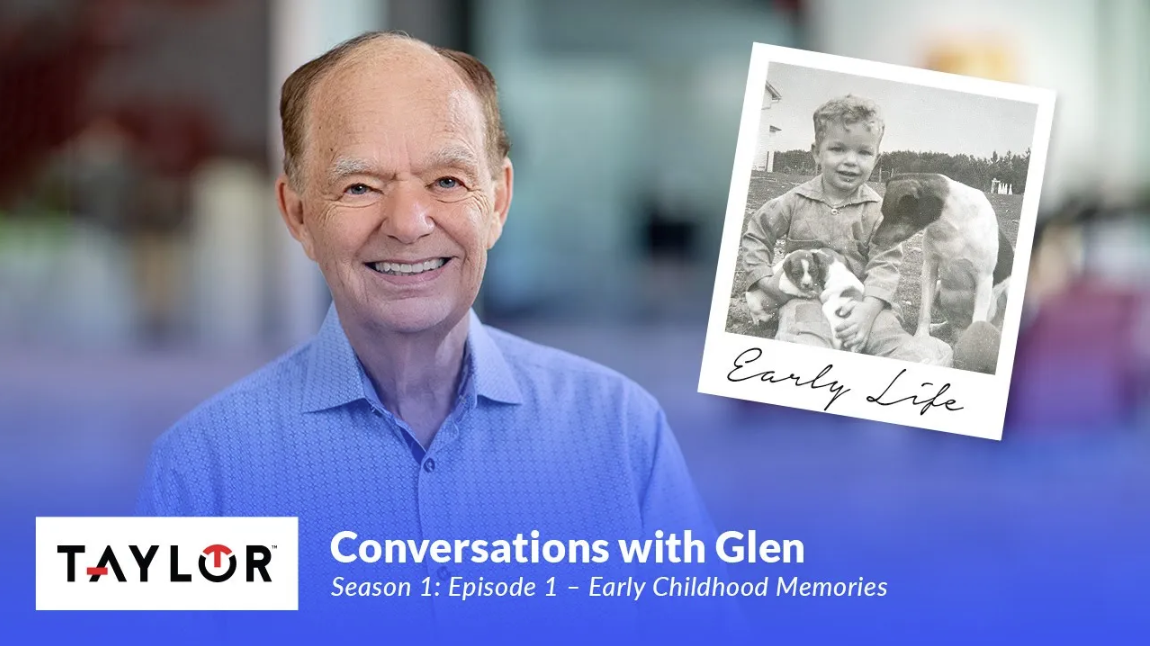What happens in your company after you’ve worked there for five years? 10? 25? In many cases, companies still honor longevity in their rewards and recognition while disregarding the evolution of the modern worker. Today’s modern worker expects more from rewards and recognition programs than a gold watch when they retire. Quite frankly, some talent you want to attract won’t even walk in the door if your rewards and recognition program isn’t competitive.
In our two previous posts in this series, Employee Engagement Defined and Employee Recognition Programs That Work – we have looked at the science and psychology behind employee engagement and employee recognition programs. Today, we explore what’s trending in rewards and recognition in the workplace and look at one method in particular that subtly shifts the focus from the employer to the employee.
Employee recognition awards are out of touch
Despite the shift toward modernizing many aspects of human resources, rewards and recognition programs continue to lag. According to Deloitte Insights’ Global Human Capital Trends report, today’s workers are looking for “personalized, agile and holistic” programs. That means conducting salary reviews more frequently and instituting more personalized rewards programs. Unfortunately, according to Deloitte Insights, “91% of companies still follow the utterly conventional practice of conducting salary reviews only once a year – or even less often.” And while more than 35% of respondents to the Deloitte survey rated rewards as important, only 9% said they were “very ready” to deal with this challenge.
The solution is simple. If you want engaged employees, you need to deliver recognition and rewards programs that are personalized, agile and holistic. And, to do that, you need to be open to exploring some of the hottest trends in rewards and recognition.
What's hot in employee recognition programs
Trend #1: Personalization is taking many forms
What does recognition mean to the employee? Something that appeals to one person won’t appeal to the next. For example, tuition reimbursement may be considered a valuable incentive for an employee early in their career but a later stage employee may be more interested in an airline gift card or a charitable contribution. Companies are also mining more of their own employee data to develop employee appreciation ideas, according to BenefitsPro. “Personalizing rewards based on the needs of an organization’s actual workforce – rather than an industry benchmark or broader set of market data – can be a truly powerful tool to extend worker loyalty, reduce churn, and improve engagement,” the story says.
Trend #2: Employee recognition is going public
Praise is more powerful when it’s public. Research shows that public recognition through a variety of communication channels including email, newsletters and announcements drives employee engagement even among those who aren’t recognized. Such public affirmation is so powerful that it encourages those not mentioned to strive for similar recognition. Sadly, a Wichita State University study found that 81% of employees seldom or never receive public praise and 58% rarely or never receive praise from their manager. Then again, the wrong form of public praise can be intensely demotivating for some. As noted in our previous post on this topic, it’s wise to consider the personality type of the individual when administering employee awards. For those who are uncomfortable being the center of attention, consider a hybrid approach in which the recognized employee is congratulated in private and then has their name discretely mentioned in a public communication channel for transparency.
Trend #3: Packaging and delivery are taking center stage
There is no shortage of employee recognition ideas. Digital tools and bells and whistles are increasingly being used to enhance the perceived value or perception of a reward. Everyone likes to feel appreciated and things such as beautiful packaging or innovative digital delivery tactics increase appreciation on the part of the recipient. This positive impression can be further maximized with a personalized message or thank you note from a senior leader. In keeping with Trend #1 above, a letter from a vice president or CEO can make a significant impact on how an employee feels about working for your organization.
Trend #4: Small and frequent beats big and annual
As noted in our prior blog post, employee recognition awards don’t have to be expensive to make an impact. A study by Globoforce/Workhuman found that employees who receive regular small rewards, in the form of money, points, or thanks, are a staggering eight times more engaged than those who receive compensation and bonus increases once a year. Deloitte’s research revealed a similar pattern. As a whole, employees respond favorably to agile compensation programs that provide raises, bonuses or other incentives more frequently than the traditional once-a-year model. The moral of the story? Don’t wait until something big happens or limit rewards and recognition to annually. Celebrate often.

The case for peer-to-peer recognition
As corporate organizations become flatter and more efficient, the number of direct reports per manager is on the rise. One unfortunate side effect is that managers have less time to observe, praise and recognize good work on the part of their people. That’s why peer-to-peer recognition works so well.
- It’s meaningful. Being recognized by a fellow colleague makes an employee feel like their work is being noticed and appreciated by someone who truly “gets it.”
- It builds camaraderie among work teams, which can benefit the company at large. It’s also more likely to feel unexpected, which heightens its impact.
- It helps build company culture. Having a strong culture makes employees happier and more productive and increases pride and loyalty. It also makes your organization more attractive to new talent you might be trying to recruit.
- It’s authentic. A colleague has more direct awareness of an employees’ challenges and struggles. Peers recognize good work because they recognize its direct value to the team. It doesn’t feel like an annual performance review.
- It’s inclusive. Anyone can participate and recognize great work. It’s not dependent on garnering the notice of a leader. It avoids singling out one employee for great work like an “employee of the month” program would. It encourages joint accomplishment and teamwork.
Regardless of how you recognize your employees, it’s critical to show them that you care about them and value the work they do. As described in our previous post, rewards and recognition programs that are frequent, public, attuned to the personal preferences of the employee and “packaged” with care can have a dramatic impact on employee engagement as that concept was defined in our initial post in the series. This, in turn, will give your company a lasting competitive advantage in terms of culture, recruitment and retention.










